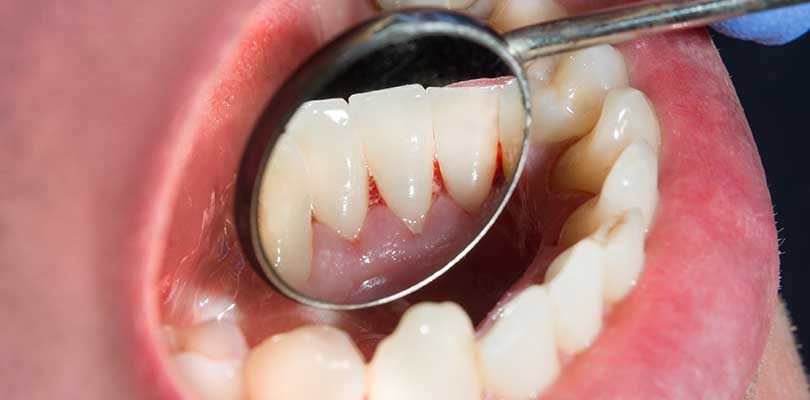What Is Chronic Myelogenous Leukemia?
Chronic myelogenous leukemia, sometimes referred to as CML or chronic granulocytic leukemia, is a type of slow-progression disease in which the bone marrow creates too many white blood cells. Typically, this particular illness occurs at or after middle age. Children are rarely affected by this specific form of leukemia.
While it is normal for the body to generate white blood cells, the creation of too many white cells indicates an abnormality and the healthy cells aren’t created. Instead, the unhealthy leukemia cells build up in the body, and there is no longer room for healthy cells to be created or distributed throughout the body.
Unfortunately, without healthy blood cells, the body is more susceptible to anemia, infection, and bleeding.
What Causes Chronic Myelogenous Leukemia?
While there is not one single cause for CML, one common link between many patients with this illness is the presence of the Philadelphia chromosome which is a chromosome mutation.
The presence of this chromosome can lead to the creation of too much tyrosine kinase which leads to the production of too many white blood cells. However, keep in mind, this mutation is not passed from parent to child.
Symptoms of Chronic Myelogenous Leukemia
As with many illnesses, CML sometimes has absolutely no symptoms. However, there are a few warning signs to watch out for. Common symptoms include:
- Fatigue
- Sudden, unexplained weight loss
- Fever
- Pain below the ribs
- Night Sweats
How Is Chronic Myelogenous Leukemia Diagnosed?
The diagnosis of CML is typically detected through a series of test. First, the individual will see a doctor for a regular exam. A blood test will determine any abnormalities in the blood, and a bone marrow test will go one step further in examining any elevation of blood cells.
Stages of Chronic Myelogenous Leukemia
The stages of CML are associated with the severity of the condition. Typically, the illness is categorized by three distinct phases:
- Chronic: This is the first stage of the disease and indicates the condition was caught early in its development. Generally, this stage has better odds of responding well to treatments.
- Accelerated: This is the next phase of the disease that indicates that the condition is more aggressive than the initial stage and may be more resistant to treatment options.
- Blastic: This is the most severe phase in which patients are at most risk of death. The illness is often incredibly severe and may not respond to treatment at all.
If you notice a change in your oral health, you might be wondering if it's gum cancer or gingivitis. In this article we're going over the differences.
Treatment of Chronic Myelogenous Leukemia
It’s not possible to eliminate the diseased cells once they have formed in the body, but treatment can put CML in remission for an extended period of time. Treatment is selected based on the progression of the disease. The following are common treatment plans for individuals diagnosed with CML:
Medications
The first step in an early treatment plan is providing the patient with medication to target the cancer cells. The primary ingredients of the drugs are a protein called tyrosine kinase. There are a variety of targeted medications that include tyrosine kinase.
If one drug is met with resistance, then another form of medication may be selected to see if the body responds better to it. Typically, individuals will continue taking their medication even after the CML goes into remission.
Chemotherapy
Chemotherapy is a typical form of treatment for most cancers. Usually, individuals who are diagnosed with CML are provided chemotherapy via a small capsule. There are a variety of potential side effects which vary based on dose and individual.
Biological Therapy
Biological therapy utilizes the body’s own immune system to help fight the disease. Interferon is a common biological therapy drug that many people use if they don’t respond to other targeted medications.
Blood Stem Cell Transplant
A blood stem cell transplant could be a way to rid the body completely of leukemia. However, this is a more radical approach that is usually reserved for individuals who have not responded to any other treatment. The potential for complications during the transplant can be incredibly high.
Clinical Trials
Clinical trials may be an option for some patients who have no other avenues left to try. Because this approach has less research, there is no guarantee that the treatment will work or what the side effects may be.
Overview
CML can be detected early, and that is key when it comes to creating a quality treatment plan. If you would like to learn more about CML or suspect you may have some of the early warning signs, please reach out to your medical provider. There is a battery of tests that will help you pinpoint any health concerns.







